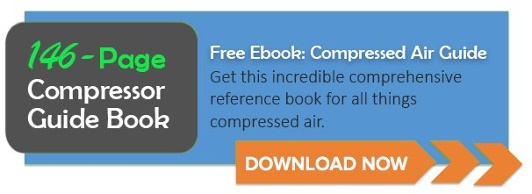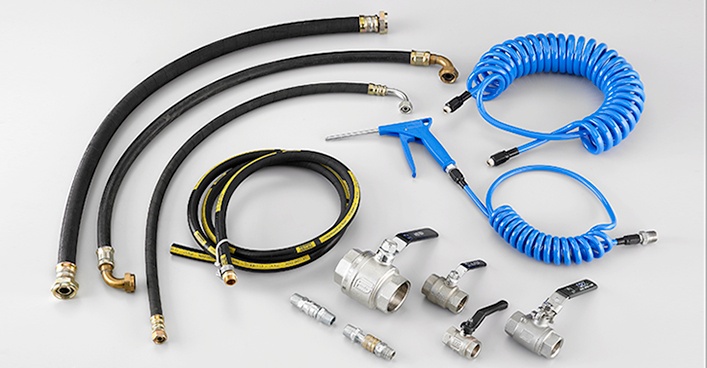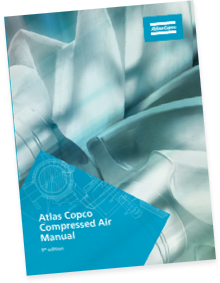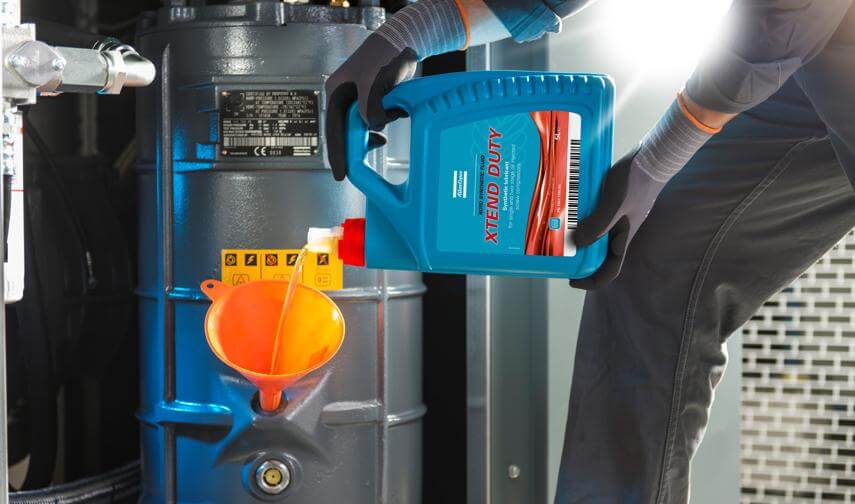Leaks in a compressed air system can be a significant source of wasted energy that result in operating losses. The most common areas of air leaks are found in hoses, tubing, fittings and quick disconnect couplings, which is why it’s important to select the right components in order to reduce pressure drops and production losses.
Hoses
Rubber or plastic hoses are widely used for convenience, saving time and reducing labor. However, these hoses are not as permanent as pipe or metal tubing, and often experience deterioration and leakage. Hoses should be reserved for short connections inside a machine where only a short length is required. For longer lengths, pipe or metal tubing is preferred because hoses that are too long in length, or short in diameter, frequently result in excessive pressure drops.
Tubing and Fittings
Tubing generally refers to aluminum, copper, stainless steel or other metals, but not plastics. It’s a relatively permanent solution that comes in a wide variety of materials and sizes. Tubing size is specified by the outside diameter whereas pipe is sized on a nominal inside diameter; therefore, standard pressure drop charts for piping lengths do not apply.
Copper tubing is most prevalent but has a tendency to work harden if subjected to machine vibration. For permanence, flare fittings are preferred to the ferrule or flare-less type.
When searching for leak-proof and corrosion-free pipes and fittings, Atlas Copco offers AIRnet as a solution that can be connected to existing networks in little to no time. Its superior sealing helps prevent leaks and reduces friction to a minimum, which prevents pressure drop, improves energy efficiency and increases production sustainability. Users can easily modify and expand networks using AIRnet without affecting current production.
Quick Disconnect Couplings
Purchasing quick disconnect couplings without any determination of pressure loss from its intended use can prove to be very costly in the long term.
Selecting quick disconnect couplings should be on the basis of:
- Energy savings – low pressure drop for the required peak rate of flow. With otherwise similar quality and performance, select the quick disconnect with the highest flow coefficient (Cv) for the required peak rate of flow.
- Quality – sturdy, durable construction and resistance to corrosion to provide years of trouble-free operation.
- Performance – ease of connections of the coupling, leak-free operation over the life of the coupling.
Have you experienced pressure drop in your system? Leave us a comment below to see how Atlas Copco can help identify the cause and find a solution that works for your needs.






